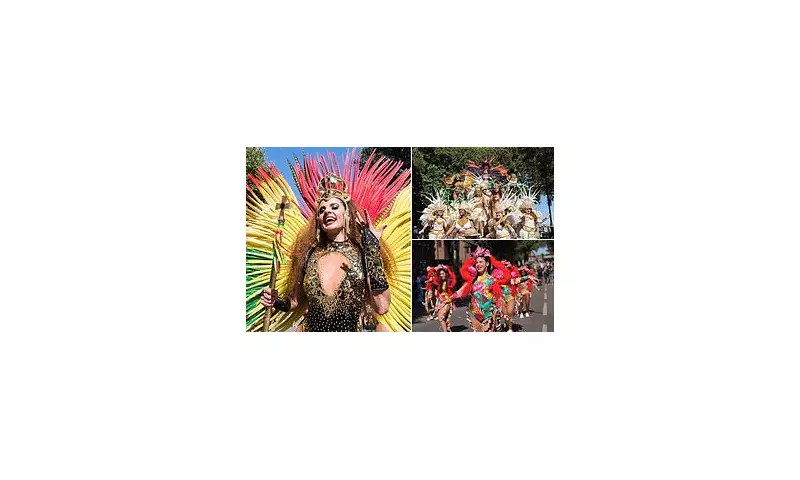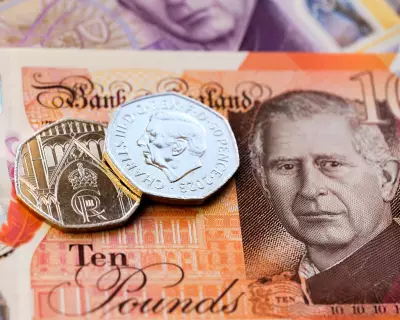
Central London was transformed into a pulsating sea of colour, rhythm, and joy this weekend as the world-famous Notting Hill Carnival made its triumphant return. The streets of W10 came alive with the electrifying sounds of soca, calypso, and steel pans, marking the culmination of a summer bank holiday celebration deeply rooted in Caribbean tradition.
Revellers, adorned in an breathtaking array of feathered, bejewelled, and sequinned costumes, danced through the streets alongside magnificent, towering floats. The sheer scale of creativity on display was a testament to the months of meticulous preparation by London's Caribbean communities.
A Feast for the Senses
The air was thick with the irresistible aroma of jerk chicken, curried goat, and other traditional delicacies, wafting from countless food stalls lining the route. The event is not only a cultural showcase but a significant economic driver for the local area, attracting millions of pounds in revenue.
Despite the immense crowds, the atmosphere remained overwhelmingly positive and familial, a core principle of the carnival's origins which began in the 1960s as a celebration of unity and cultural pride.
A Celebration of Heritage and Community
More than just a party, the carnival serves as a powerful symbol of diversity and resilience. It stands as Europe's largest street festival, drawing attendees from across the globe to witness its unique blend of performance art, music, and community spirit.
The successful and peaceful execution of the event is a monumental logistical effort, involving coordination between organisers, community leaders, and the Metropolitan Police to ensure a safe environment for all.
As the sound systems powered down and the last feathers were swept from the streets, the vibrant energy of the Notting Hill Carnival left an indelible mark, reminding everyone of the power of culture to bring people together in a spectacular, joyful explosion of life.





